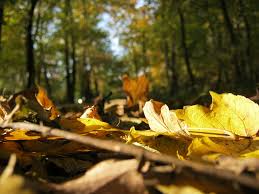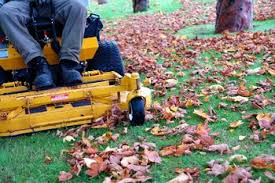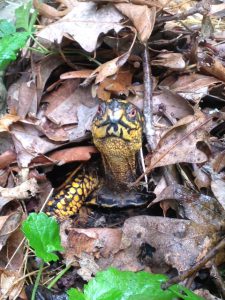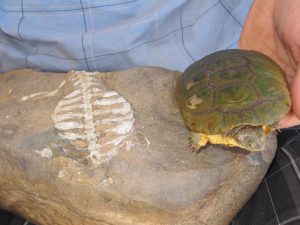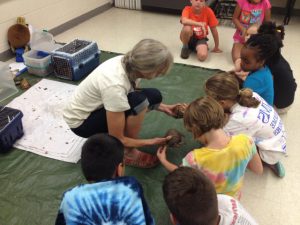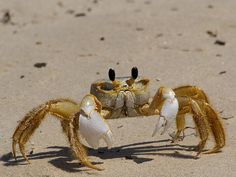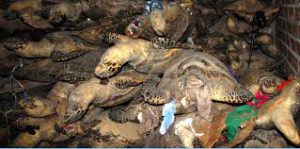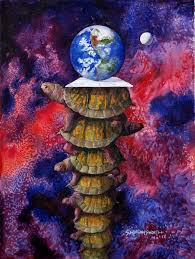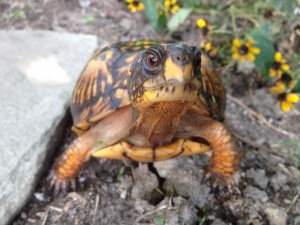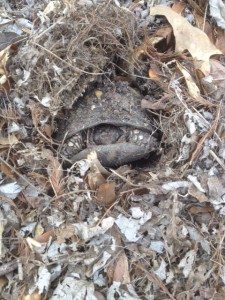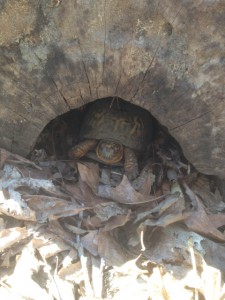We love trees, trees provide us with shade, some trees even provide us with food, and come autumn, as trees begin to ready themselves for winter, they often put on a spectacular show of lovely warm colors.
If that sentence got you anticipating what comes next, you are not alone! Raking leaves is homeowners second least favorite yard chore, right behind cutting grass.
It is estimated by the National Wildlife Federation that more then 33 million tons of yard waste are added to US landfills each year, accounting for 13 percent of the solid waste. But the bad news doesn’t stop there.. These leaves, buried without oxygen, are responsible for creating methane (greenhouse gas) at an alarming rate in our nation’s landfills.
With more than 40 million acres of lawns in the continental US, turf grasses add up to be the single largest irrigated crop in the nation. That is at least three times as much space as irrigated corn.
Before we became obsessed with tidy yards and homeowners’ association rules, we lived in a much healthier habitat, and although a heavy layer of leaves may cause damage to your lawn grasses, there are ways you can help the environment, wildlife and your lawn with out hauling away those leaves.
Three beneficial ways to use leaves
1.) Did you know that leaves can actually impede weed growth? Research done at Michigan State University showed that when leaves are left until dry and crunchy, and then mulched with a mower into little pieces, they reduced dandilions the following spring by up to 80 percent. The added nutritional boost also produces a significant spring greening effect on the turf.
Leaves are our earth’s food. They are an incredible free resource that begins the food chain in our back yard.
While still on the tree, leaves provide homes for animals like squirrels and birds and when they fall to the ground, organisms that live on and in the soil slowly consume them creating the rich soil we find in our native forests. Mulching these leaves back into your lawn helps maintain the natural balance, and reduces the amount of fertilizers and chemicals needed to keep it healthy.
3) Leaves are an affordable easy garden bed mulch. For finer texture mulch you can mulch them first. (Don’t have a mulcher? Place some leaves in a trash can and use a weed eater to mulch them). You can place leaves around your trees, shrubs, and perennials, and you can place them over exposed roots. Leaves are a advantageous winter garden cover, will help reduce the number of weeds, and can be mixed in with the soil come planting time.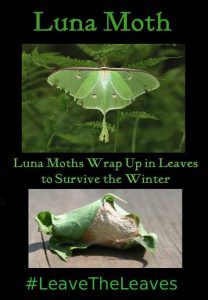
You can create compost by combining fallen leaves, grass clippings and other green material. Keeping your compost moist and well mixed will provide you with a nutrient dense mix for your spring garden. You can also share the leaves with your neighbor or a community center
Need more ideas for your leaves? Check out National Wildlife Federations site at www.nwf.org/gard.
Do you have a good use for leaves? I use a lot of leaves for my Box turtles.. keeps them cool in the summer and well insulated in the winter.. What is your favorite use?

